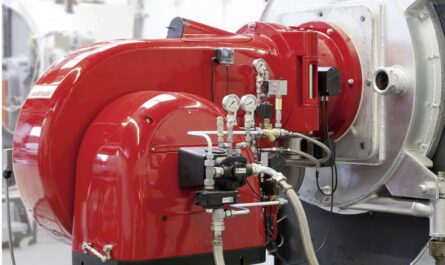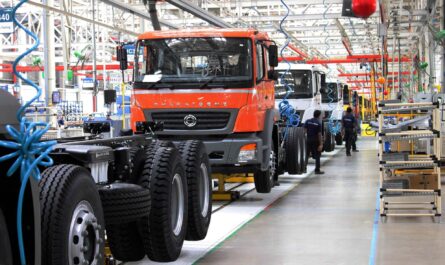Plastic-to-Fuel: A Viable Solution to Plastic Waste Crisis in the U.S.
Plastic pollution has become a grave environmental issue across the United States in recent decades. With single-use plastic on the rise and recycling rates declining, landfills and oceans are filling up rapidly with non-biodegradable plastic waste. However, a promising new technology called plastic-to-fuel conversion offers a sustainable solution to reduce plastic buildup and produce useful energy resources from discarded plastics.
The Scale of Plastic Waste Problem in Numbers
The U.S. generates over 35 million tons of plastic waste annually according to EPA estimates. However, only around 8.7% of this is recycled while the rest ends up in landfills or escapes collection systems to pollute land and water bodies. Plastic production is also increasing exponentially with over 114 billion pounds produced in 2021 alone. At the current rates of plastic usage and inadequate waste management infrastructure, plastic stockpiles will continue multiplying in the coming years. This threatens to release toxic chemicals into the environment from accumulated waste and exacerbate the climate crisis.
How Plastic-to-Fuel Technology Works
Plastic-to-fuel conversion employs thermal degradation processes like pyrolysis and gasification to break down plastic polymers into synthetic crude oil, gasoline, and diesel fuel. In pyrolysis, plastic waste is heated in the absence of oxygen inside a reactor to produce syngas, bio-oil and char. The syngas and bio-oil further undergo upgrading through catalytic processes to yield hydrocarbon fuels that meet commercial standards. Gasification works similarly but uses partial oxidation instead of no oxygen. Both methods allow flexible treatment of mixed plastics, films and other hard-to-recycle plastic waste streams.
Economic and Environmental Benefits
Converting waste plastic into useful fuels delivers significant economic and environmental advantages. It creates a circular system where post-consumer plastic becomes a renewable energy source instead of trash. Plastic-to-fuel plants can turn a profit by selling virgin-quality fuel while receiving waste plastic feedstock for free or at low costs. They also reduce plastic shipping to landfills and imports of petroleum, creating local jobs. Most importantly, the process prevents plastic from polluting land and waterways, lowers methane emissions from landfills, and provides a sustainable solution to the looming plastic waste crisis.
Existing Plastic-to-Fuel Projects in the U.S.
Several plastic-to-fuel demonstration and commercial-scale facilities have already come online across different states in the past decade. One of the largest is theRenewlogy plant in Florida, with a 60-tonne per day capacity. It has processed over 10 million pounds of plastic waste since 2018 using pyrolysis to produce diesel, naphtha and waxes. Agilyx, located in Oregon, uses pyrolysis to convert 20 tonnes of plastic into crude oil daily. Their technology has been licensed to multiple projects worldwide. Klean Industries’ plant in Kansas focuses on gasification and can handle up to 10 tons of mixed plastics per hour. These pioneering operations offer a viable roadmap to tackle the problem of plastic waste accumulation at its source.
Prospects and Challenges for Future Growth
With rapidly maturing technologies and proven commercial models, plastic-to-fuel is projected to play a leading role in plastic waste management across the U.S. in the coming decades. States like California and New York are introducing policy measures and incentives to set up more such facilities. Industry analysts forecast the sector will attract over $15 billion in private investments by 2030. However, challenges remain around procuring consistent feedstock supply and building economies of scale for the process to compete directly with crude oil prices. Standardization of fuel quality and regulations would also boost market credibility and demand for synthetic fuels. If these hurdles are addressed effectively, plastic-to-fuel stands to revolutionize waste management while addressing energy security issues through production of renewable hydrocarbon fuels from non-recyclable plastics.
As millions of Americans grapple with worsening plastic pollution crisis in their cities and natural landscapes, plastic-to-fuel conversion provides a viable long-term solution. By diverting plastic waste from landfills and oceans, it can help achieve national sustainability goals for waste reduction and decarbonization of the transportation sector. With continuing industry efforts and support from key policy drivers, this technology is poised to transform plastic waste into a valuable resource and drive down dependence on fossil fuels. It holds immense promise as part of a circular economic framework for managing post-consumer plastic waste sustainably.
Note:
1. Source: Coherent Market Insights, Public sources, Desk research
2. We have leveraged AI tools to mine information and compile it




